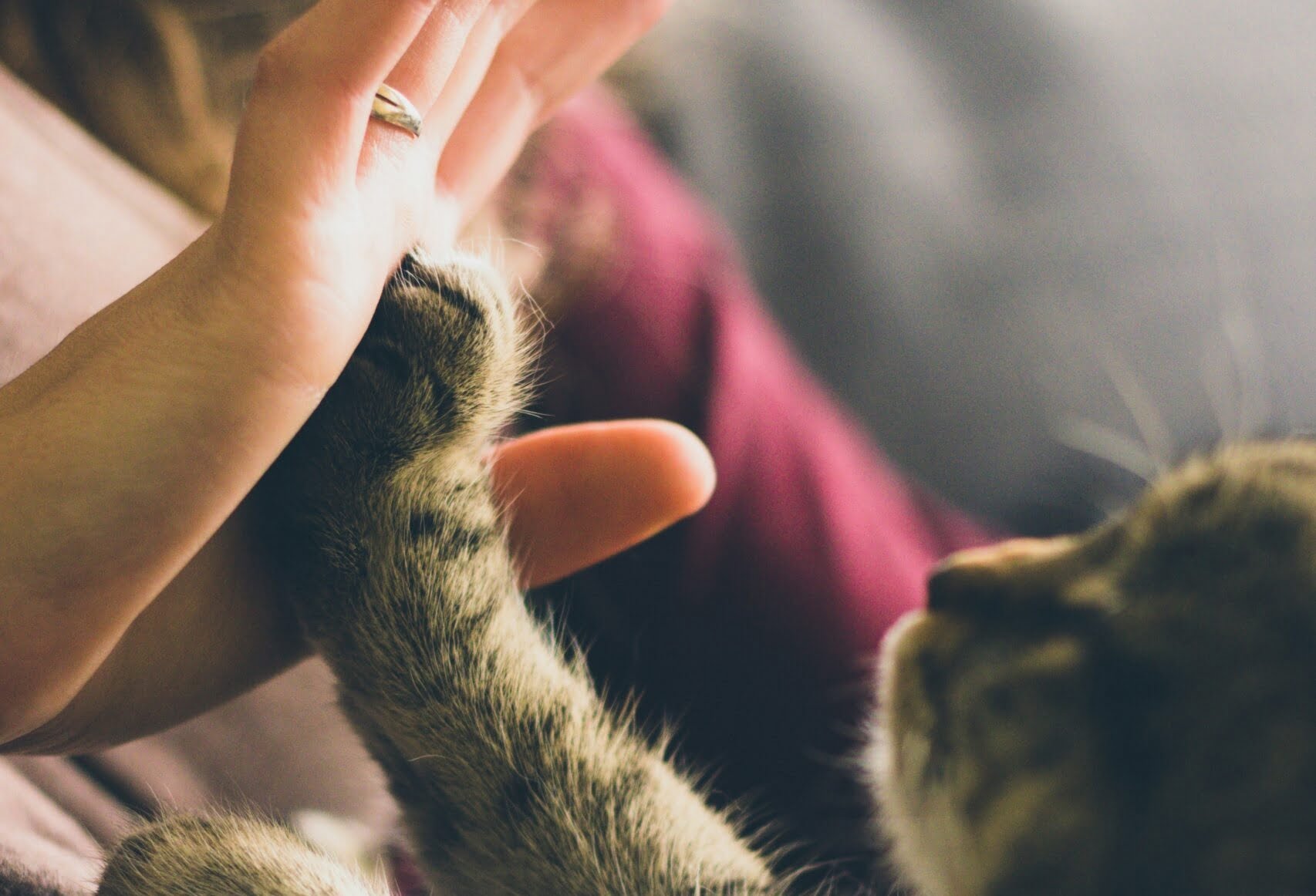In the previous article “What Kind of Pet is Suitable for You?” we briefly discussed how to choose the right pet, including factors to consider such as personal preferences, lifestyle, living environment, time commitment, financial costs, and responsibility awareness. In this article, we will delve deeper into these factors. We will provide some corresponding recommendations.
1. Personal Preferences: Aligning with Your Lifestyle
Your personal preferences heavily influence the type of pet that would best suit you. If you’re an active individual who enjoys outdoor adventures, a dog might be the perfect match. Their energetic nature and love for companionship make them ideal partners for hiking or running enthusiasts. On the other hand, if you prefer a more laid-back lifestyle, a cat’s independent demeanor could be a better fit. Understanding your preferences will help narrow down the options and ensure a harmonious relationship with your new companion.
| Personal Preferences | Recommended Pets |
|---|---|
| Active, Playful | Dogs (e.g., Labrador Retriever, Siberian Husky) |
| Independent, Low Maintenance | Cats (e.g., British Shorthair, Siamese) |
| Gentle, Quiet | Small Rodents (e.g., Hamsters, Guinea Pigs) |
| Observant, Enjoyable | Fish (e.g., Goldfish, Betta Fish) |
2. Lifestyle: Matching Pet Needs with Your Routine
Your lifestyle plays a significant role in determining the type of pet that fits seamlessly into your daily routine. For individuals with busy schedules or frequent travel commitments, low-maintenance pets like fish or reptiles may be more suitable. These pets require minimal supervision and can thrive in environments where human interaction is limited. Conversely, if you have ample time to dedicate to pet care and enjoy the company of an affectionate companion, dogs or cats may be the perfect addition to your household.
| Lifestyle | Recommended Pets |
|---|---|
| Busy, Frequently Traveling | Fish (e.g., Goldfish, Betta Fish) |
| Leisure Time, Outdoor Activities | Dogs (e.g., Labrador Retriever, Siberian Husky) |
| Living Alone, Indoor Lifestyle | Cats (e.g., British Shorthair, Siamese) |

3. Living Environment: Considering Space and Accessibility
The living environment is another critical factor to consider when choosing a pet. If you reside in a small apartment or condominium with limited outdoor space, opting for a smaller pet such as a hamster or bird ensures they have enough room to roam freely. Conversely, if you have a spacious home with access to a backyard or garden, larger pets like dogs or rabbits can enjoy ample space for exercise and exploration. Assessing your living environment ensures your pet’s needs are met and promotes a comfortable living arrangement for both you and your furry friend.
| Living Environment | Recommended Pets |
|---|---|
| Apartment, Limited Space | Small Dogs (e.g., Poodles, Yorkshire Terriers) |
| Outdoor Space, Large Area | Large Dogs (e.g., German Shepherds, Labrador Retrievers) |
| Apartment, Restricted Space | Cats (e.g., British Shorthair, Siamese) |
4. Time Commitment: Evaluating Availability for Pet Care
Owning a pet requires a significant time commitment, including feeding, grooming, exercise, and veterinary care. Before selecting a pet, consider your availability to fulfill these responsibilities effectively. High-energy pets like dogs require daily walks and playtime, while cats may need regular grooming and interactive sessions. If your schedule is packed with work or other obligations, opt for low-maintenance pets that require minimal supervision and upkeep, ensuring their well-being without compromising your busy lifestyle.
| Time Commitment | Recommended Pets |
|---|---|
| Sufficient Time | Dogs (e.g., Labrador Retriever, Siberian Husky) |
| Limited Time, Busy | Cats (e.g., British Shorthair, Siamese) |
| Flexible Schedule | Small Rodents (e.g., Hamsters, Guinea Pigs) |

5. Financial Considerations: Budgeting for Pet Expenses
Financial preparedness is essential when welcoming a new pet into your home. In addition to the initial adoption or purchase fees, consider recurring expenses such as food, grooming, vaccinations, and potential medical emergencies. Larger pets often incur higher costs for food and healthcare, so budget accordingly to provide for their needs adequately. Researching the average expenses associated with your chosen pet ensures you can provide the care and attention they deserve without straining your finances.
| Financial Cost | Recommended Pets |
|---|---|
| Comfortable, High Cost | Dogs (e.g., Labrador Retriever, Siberian Husky) |
| Moderate, Medium Cost | Cats (e.g., British Shorthair, Siamese) |
| Tight Budget, Low Cost | Small Rodents (e.g., Hamsters, Guinea Pigs) |
6. Responsibility: Committing to Pet Ownership
Perhaps the most crucial consideration of all is the responsibility that comes with pet ownership. Pets rely on their owners for love, care, and protection, making it essential to commit to their well-being for the entirety of their lives. Before bringing a pet into your home, reflect on your readiness to assume this responsibility and prioritize their needs above your own. A strong sense of duty ensures a fulfilling and rewarding relationship with your pet, fostering trust, loyalty, and companionship.
| Sense of Responsibility | Recommended Pets |
|---|---|
| Strong | Dogs (e.g., Labrador Retriever, Siberian Husky) |
| Moderate | Cats (e.g., British Shorthair, Siamese) |
| Weak | Small Rodents (e.g., Hamsters, Guinea Pigs) |
In conclusion, choosing the perfect pet involves careful consideration of personal preferences, lifestyle, living environment, time commitment, financial considerations, and responsibility. By assessing these factors thoughtfully, you can select a pet that not only complements your lifestyle but also brings joy, companionship, and unconditional love into your home. Remember, the bond between pet and owner is a lifelong commitment, so choose wisely and cherish every moment spent with your furry friend.

